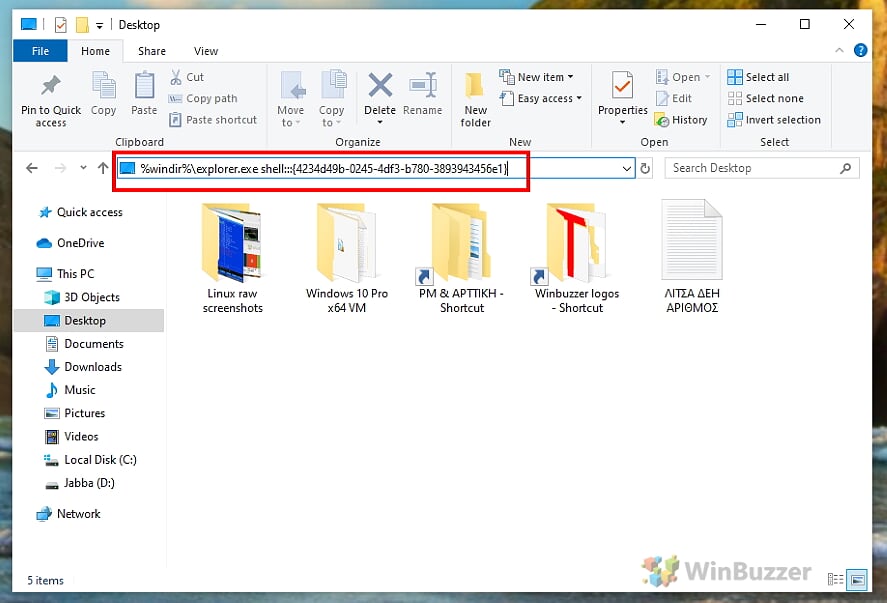

In other cases, Windows 10 File Explorer hangs when there are issues with PC files. Sometimes, File Explorer starts running incorrectly after a certain Windows update. These steps may or may not work depending on the origin of the problem. creating a File Explorer shortcut instead of running it from the taskbar,.disabling the Quick access option of the File Explorer,.

Some of the most popular solutions include the following: There are several community discussions on what steps to take when the app freezes or simply doesn’t open. When this happens, the app can become so slow or unresponsive. Why does File Explorer keep opening? It could be because of corrupted files or malware.

Sometimes, File Explorer can’t function normally but keeps on opening for some unknown reason. As a result, File Explorer is forced to run on limited resources, affecting your PC’s performance. This could happen when there is a process in the background that is misbehaving, such as the lockapp.exe using gpu or windows shell experience host high cpu usage. One of the most common issues in Windows 10 is File Explorer running slow. The size of the application itself is about 2.09 Mb. You can find File Explorer’s EXE file by following the path on your computer: C:\Windows\SystemApps\ The application allows users to view files and folders, navigate between them, and perform various tasks. It has been around since the release of the Windows 95 version and remains a core system app for Windows 10 users. Step 5: Uninstall the Display Driver File Explorer – What’s That?įile Explorer is an application for managing files and folders in the Microsoft Windows operating system.


 0 kommentar(er)
0 kommentar(er)
